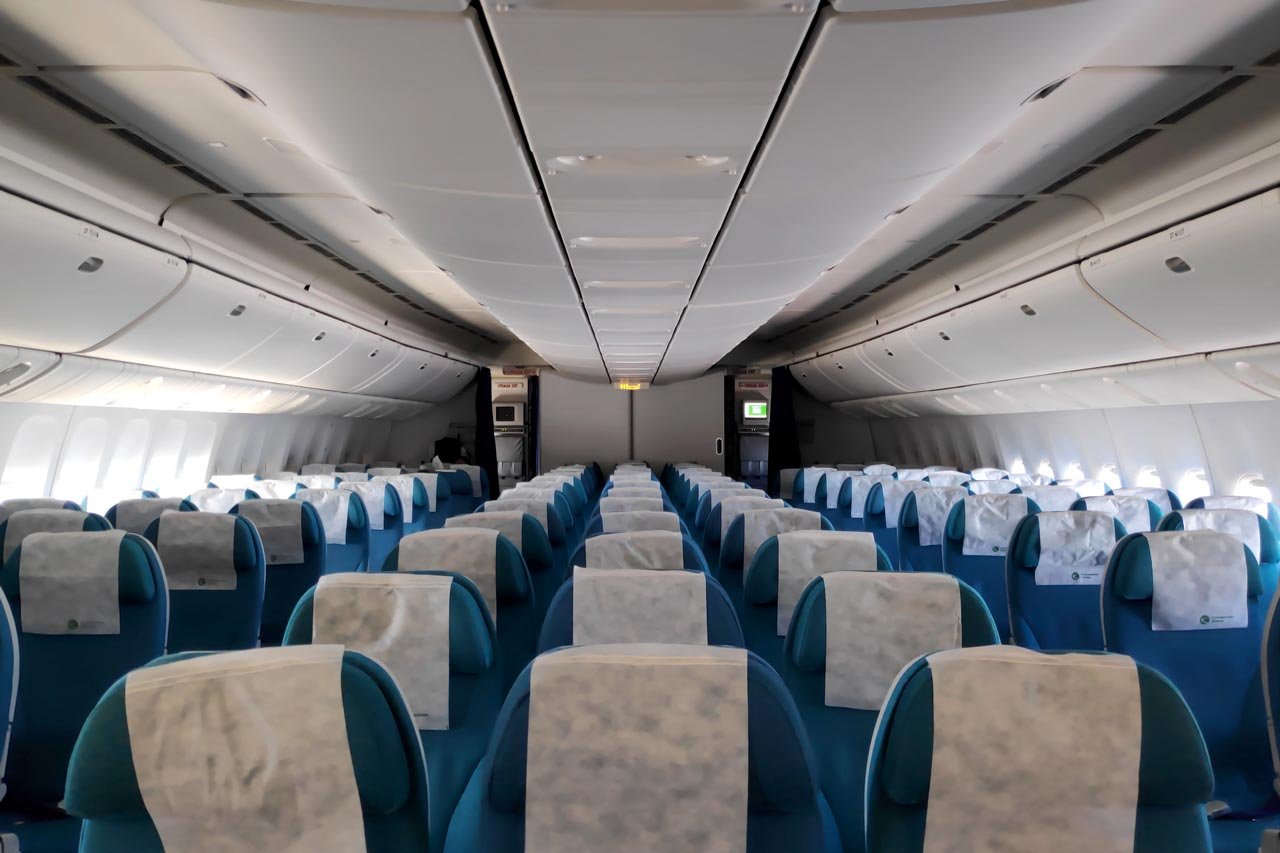Boeing’s Reminder of the #1 Rule in Crisis Management

We talk a lot in this blog about the new rules of crisis management in the digital age. Here’s a reminder of our Top Ten Rules.
The rule that we return to most often is the very first one – the need for speed.
The need for speed does not mean being quick above all other considerations.
A crisis response must be thoughtful and credible.
However, in the digital age, if you don’t begin to manage the crisis quickly, you will find that online and social media create a visibility and analysis for a narrative that is increasingly difficult to bring back under your control.
Boeing is the latest example of what happens when circumstances or judgement create a situation in which the organization whose reputation and business is under threat delay responding.
In any incident involving airplane safety it is to be expected that all parties avoid detailed public comment until air crash investigators can establish the cause of the accident.
However, when commercial airlines around the world, including the US, began grounding Boeing 737 MAX aircrafts it became obvious Boeing was being held at least partly responsible for the tragedies that took place last October in Indonesia and more recently, in March of this year, in Ethiopia.
Commentators have pointed out that Boeing’s slow response to the disasters has been, and continues to be, detrimental to the perception of how well it is managing the huge crisis it faces.
Boeing took five days after the Ethiopian crash to ground its entire 737 MAX fleet.
In an analysis in PR Week, observed that “Boeing lost control of the public narrative and appeared to be reacting to public pressure rather than putting the safety of passengers first”.
The business magazine Forbes reported that, “(The public) noticed a seeming complete lack of urgency, a lack of responsibility taken for the crashes, and the deflection of blame. They noticed immediate silence from the top. And of course, they noticed that Boeing had to be forced to ground their 737 Max 8 fleet – and that they did not offer to do so in the first place.”
Now, Boeing is not just struggling with the questions about the airworthiness of its aircraft, but also a distrust amongst the public that air passenger safety is the company’s top priority.
On average, every day more than 8 million people fly in an airplane. There are more than 10,000 Boeing commercial jetliners in service and more than 5,700 Boeing airplanes are currently on order.
The Boeing 737 Max crisis is a tragedy that has cost 346 lives. The cost to Boeing will continue to be seen.









